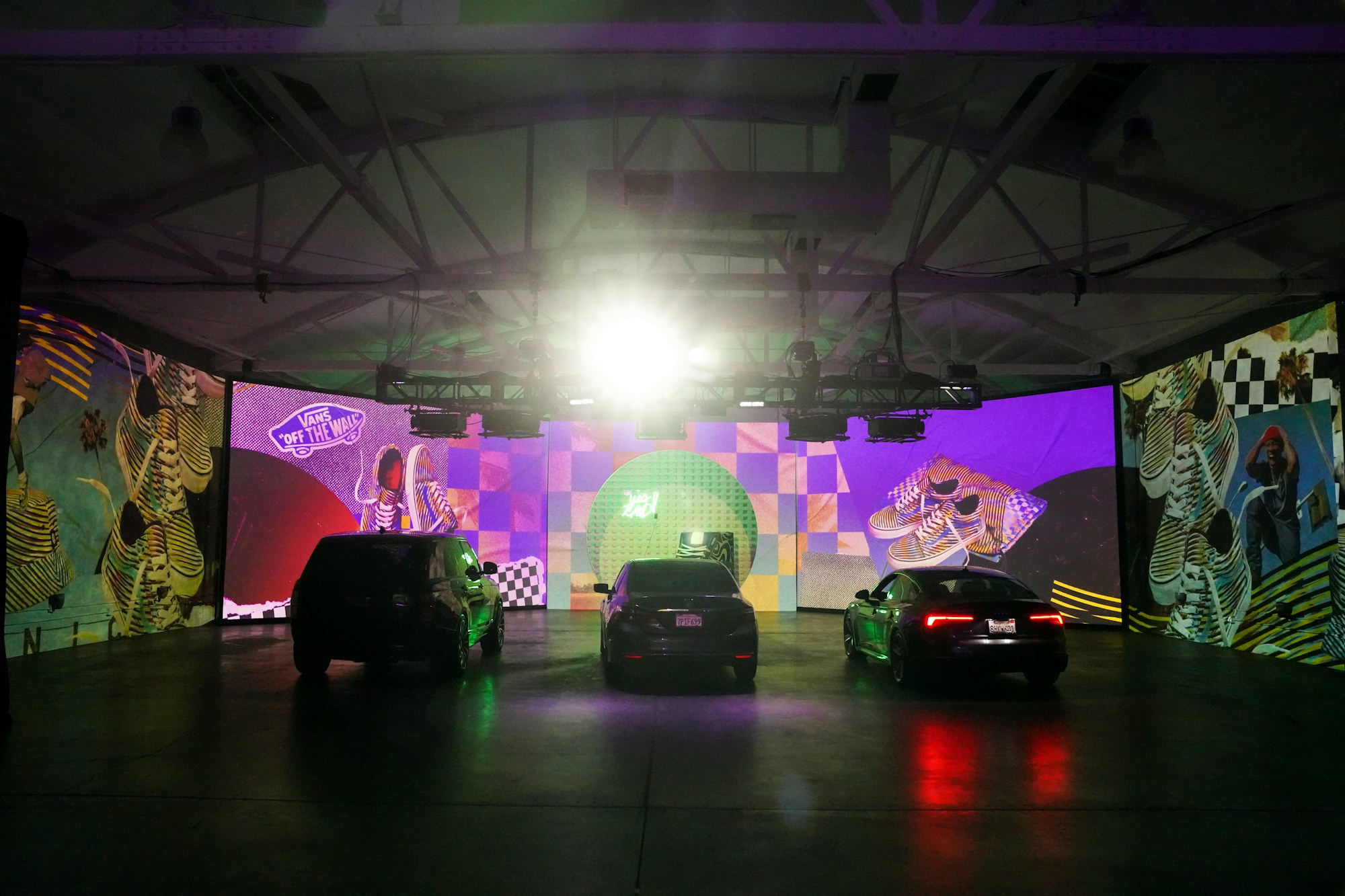How COVID Has Changed Retail — For The Better
Written by Julian Pavão
5 Min. Read
COVID-19 has thrust us into an era in which our physical and digital lives are one and the same. The retail industry, which has been navigating the synergy between brick and mortar and e‑commerce for the last decade, is finally being forced to embrace the new reality that the two are fully intertwined.
While brands have been building omnichannel approaches for decades, 2020 was the tipping point that has finally eroded the gap between digital and in-person consumer engagement. The challenge presented to retailers as a result of the COVID-19 pandemic and the resulting lockdowns, was that consumers still wanted to shop, but neither traditional brick and mortar or e‑comm were up to the task on their own. It quickly became clear that retailers could no longer afford to operate their brick and mortar and e‑commerce business separately, but instead must view the two channels as complementary tools to aid in the consumer journey.

Though omnichannel tactics were used prior to 2020, they were accelerated and elevated by the pandemic. The real wins will come with how these applications are adopted going forward.
Here are the areas we think are ripe for further scaling and innovation:
Buy Online, Pickup In Store: One of the most widespread adaptations across the retail world has been an embrace of BOPIS, or “Buy Online, Pickup In Store.” BOPIS is an option for consumers to shop and purchase through an ecommerce platform, and then pick up the items from their local store rather than waiting for them to be shipped. While BOPIS was already offered by many chains such as Target, Nordstrom and Lululemon, it was used infrequently by consumers and was often a clunky process.
In 2020 more retailers began to offer BOPIS, and those who already did began to elevate the experience. Within weeks of nationwide lockdowns, for example, Dick’s Sporting Goods began offering drive-up BOPIS. The retailer’s quick implementation allowed them to keep local stores open even without in-person customers, saving jobs and protecting revenue at a time when much of the retail sector was crashing. Some form of BOPIS is now offered by most retailers, including many smaller independent shops.
So, what can we expect in the months and years ahead? We’d like to see malls begin offering dedicated “curbside pickup” infrastructure to their tenants. Imagine a mall customer service rep making hourly rounds to each store, picking up BOPIS items and delivering them to consumers through a shared drive-through line in the parking lot. Malls already offer security and custodial services, why not this?
Ship-From-Store: Another great adaptation seen in the last year has been the expansion of ship-from-store — the practice of fulfilling some online orders from store stock rather than using only distinct fulfillment centers. While some adaptations will need to be made in order to continue this practice once traffic returns to a normal level, leveraging local stores to supplement distribution centers is a great way to decrease shipping times, costs, and leverage brick and mortar locations more fully even in the face of declining in-person sales.
Upleveled IRL Experiences: The omnichannel approach will also have a huge role to play in delivering engaging experiences to consumers, either replacing or up leveling traditional IRL interactions. Imagine arriving at a store to find a dressing room filled with items you’d previously selected online. You would still have the traditional in-store shopping experience, albeit streamlined and more curated. Beyond simply pre-selecting items online, imagine video chatting with an employee at the local store prior to your trip. Might we see retailers set up video booths that employees could use to offer localized expert advice prior to a customer’s trip?
More Sophisticated Digital Integrations: Finally, many of the innovations that bring IRL and digital together involve digital assets supporting the IRL experience. Are there ways in which the reverse could be true? How might we see retailers in the future incorporate learnings and insights from their consumers’ in-store journeys into their digital platforms? Could more retailers turn to at-home try-on, similar to Trunk Club, to provide digital consumers a version of the in-store experience? We believe retailers who have spent the last year innovating and taking a holistic approach to the consumer journey will be the ones who are set up for the most long-term success.

We launched the Vans collaboration with Grammy-winning artist Anderson .Paak by immersing guests in an audio-visual, real-world-meets-virtual car wash experience. During COVID.
